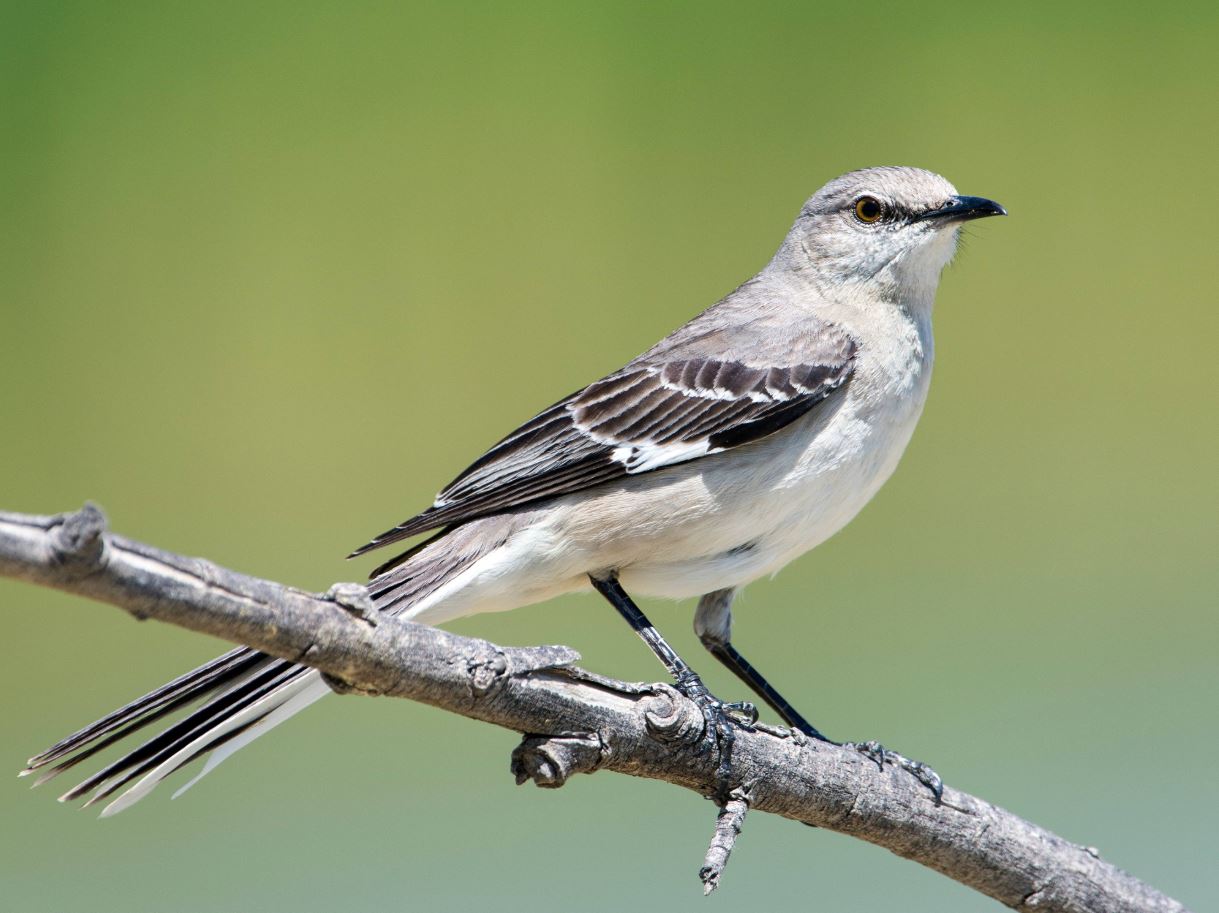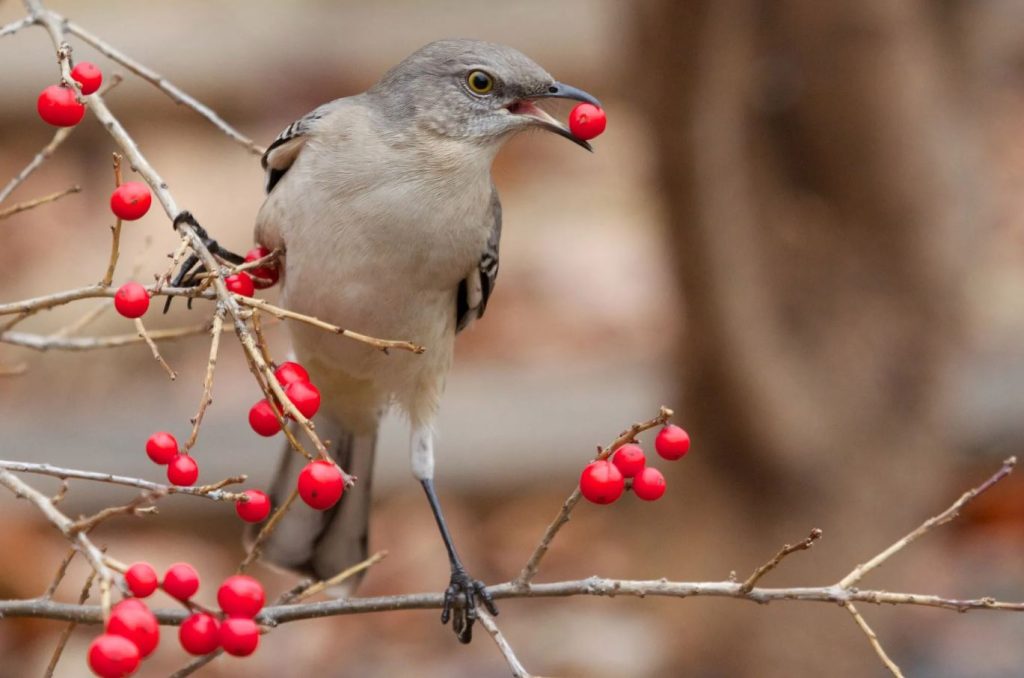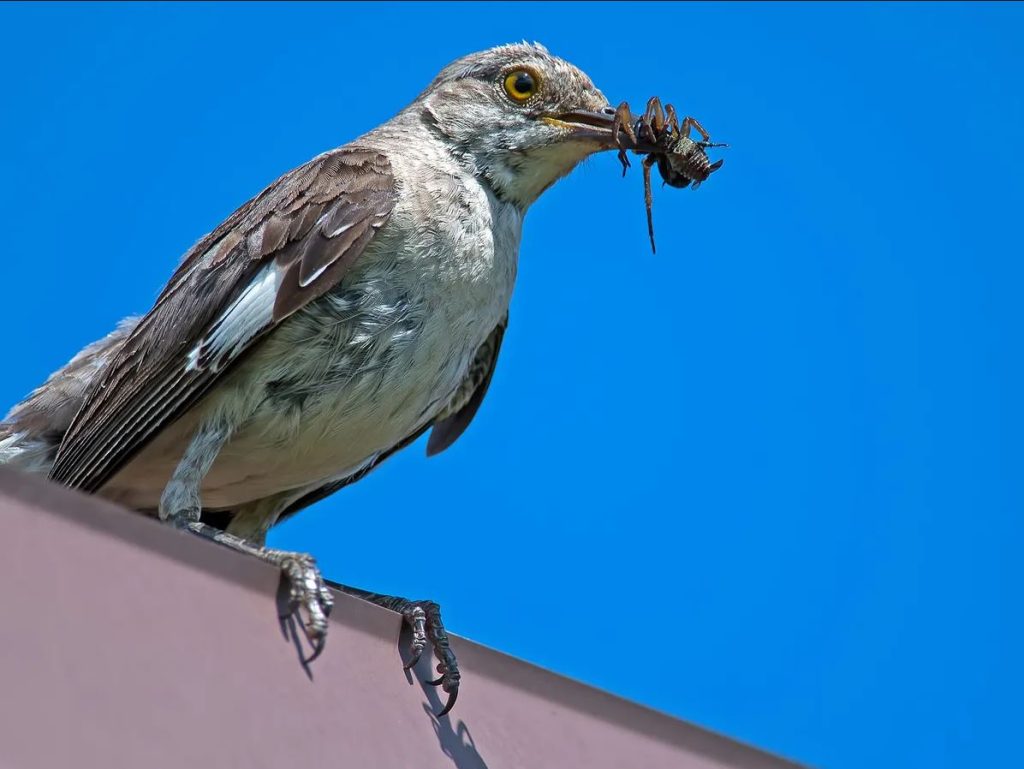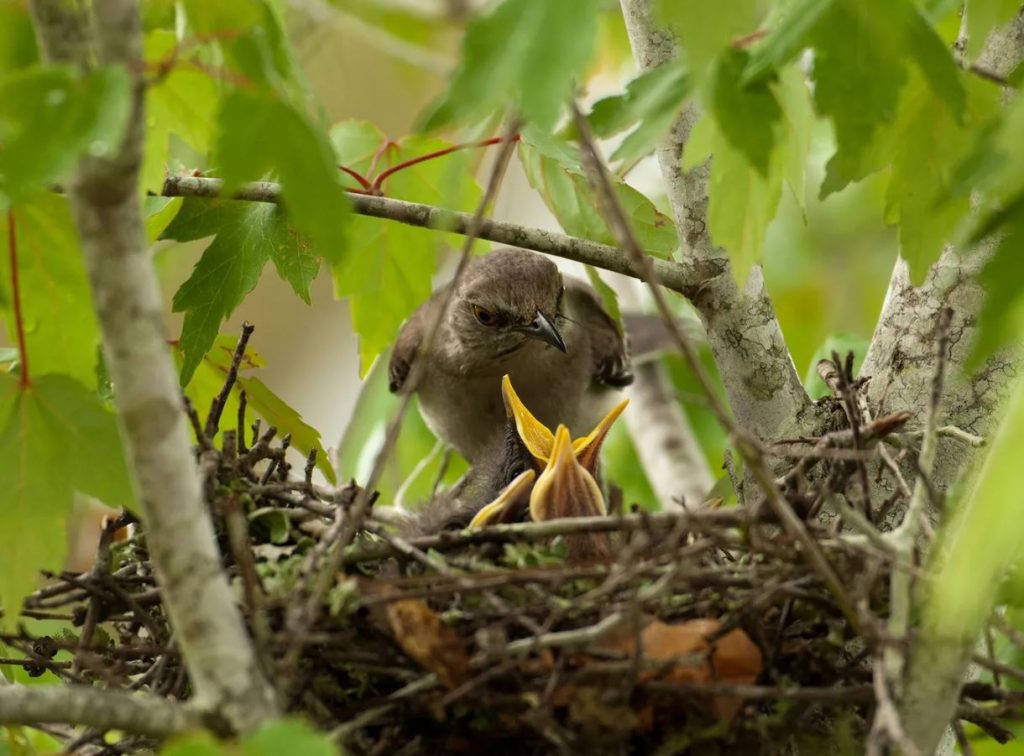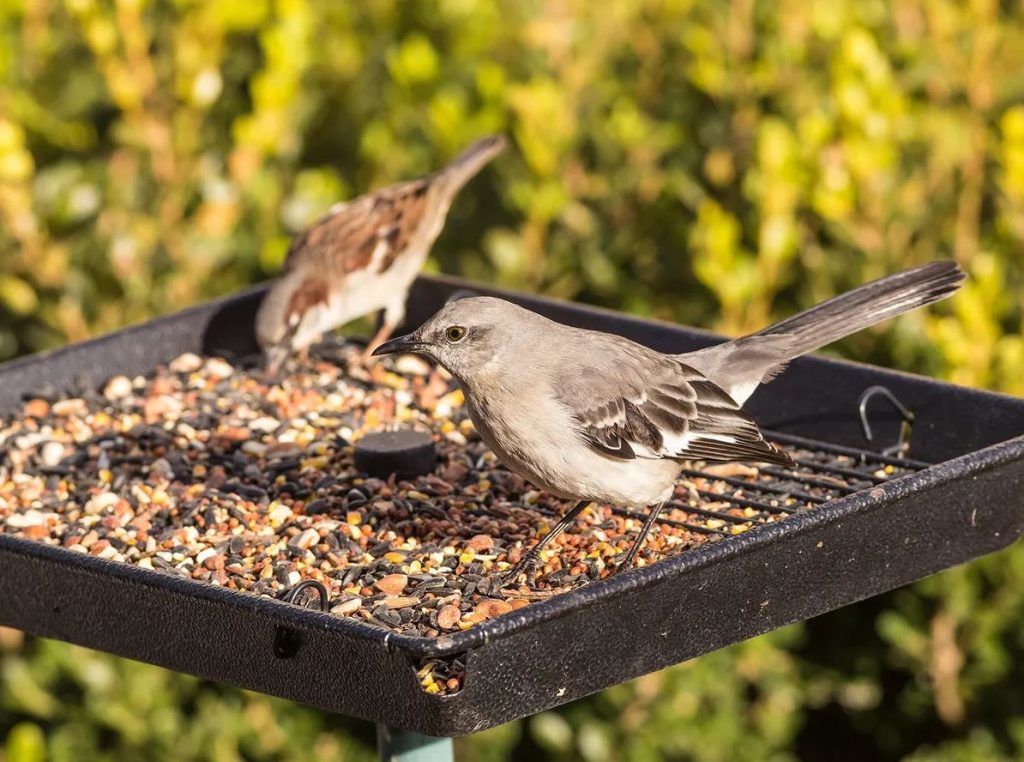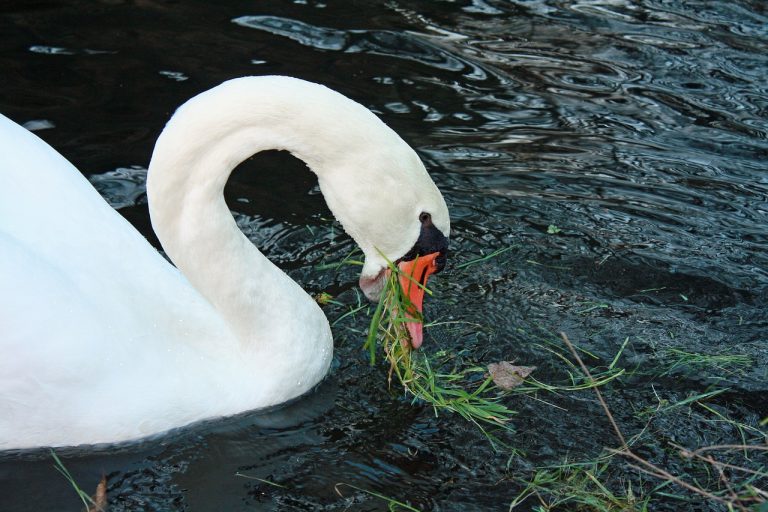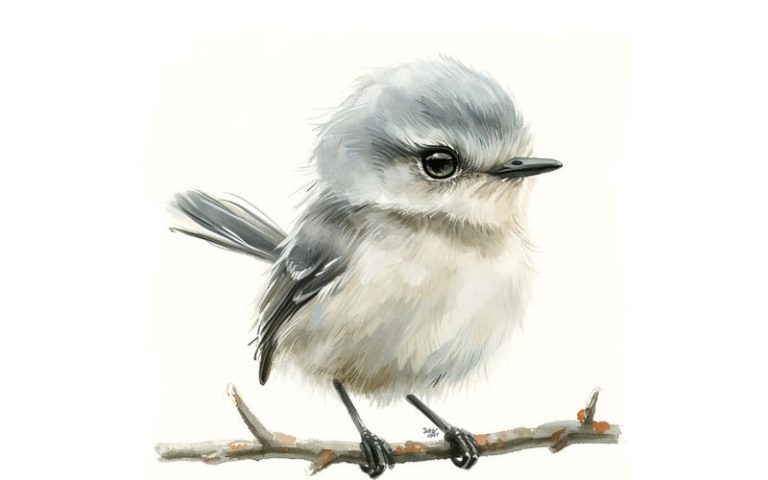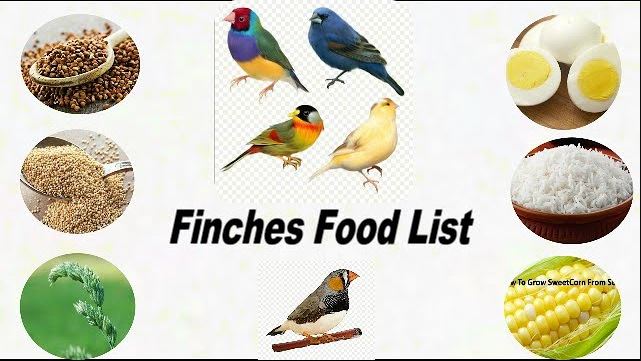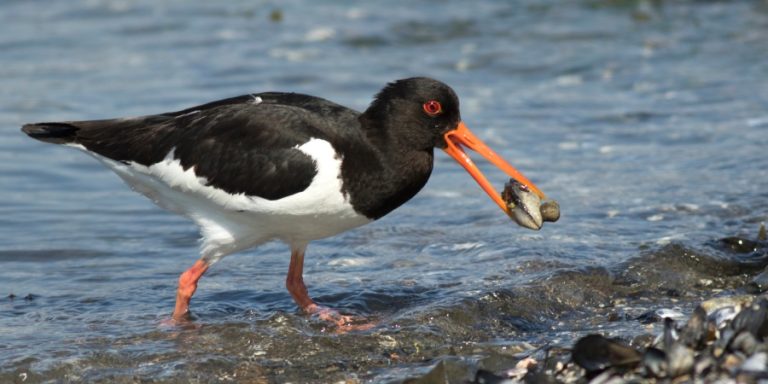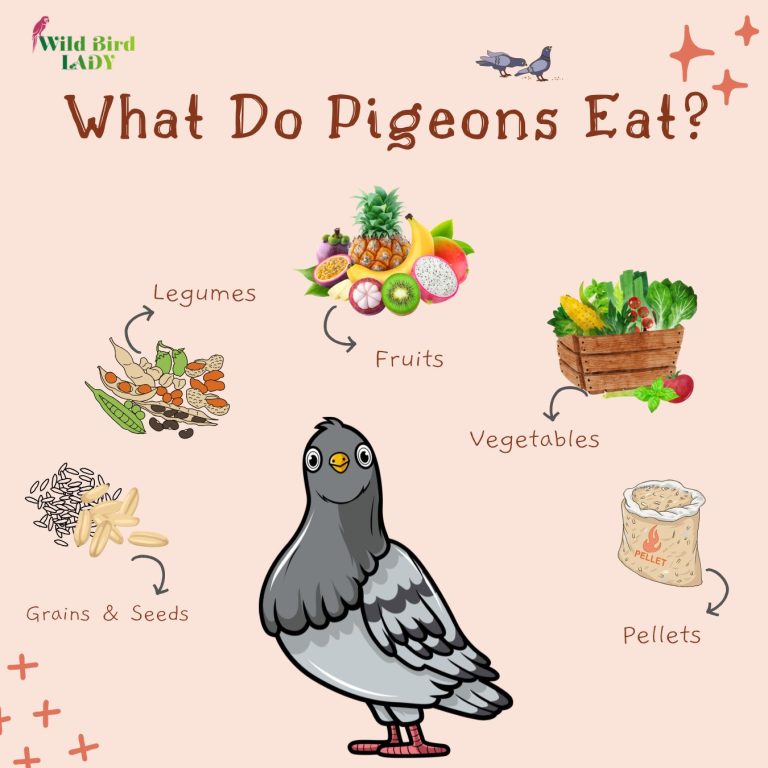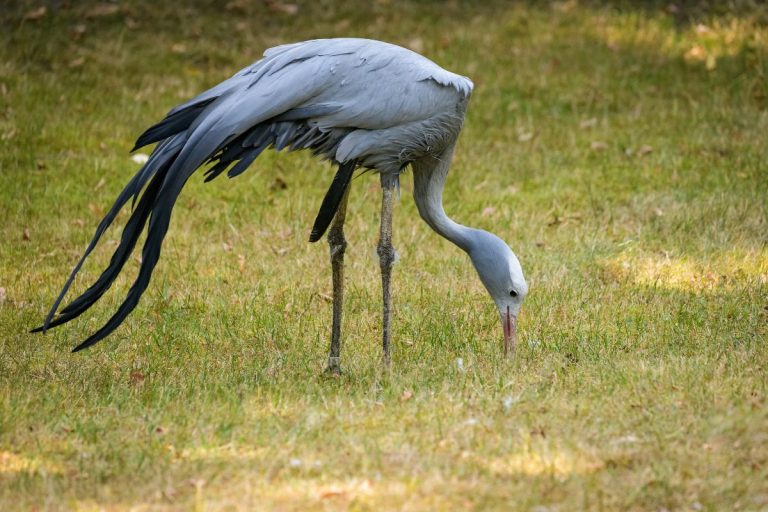What Do Mockingbirds Eat? A Complete Guide to Their Feeding Habits Year-Round
Mockingbirds are more than just incredible songsters. Their vocal mimicry and bold behavior make them stand out among backyard birds—but have you ever wondered what fuels their endless energy and musical prowess?
In this comprehensive guide, we’ll explore what mockingbirds eat throughout the seasons, where they find their food, and how you can support them in your backyard. Whether you’re a casual bird lover or a seasoned birder, understanding mockingbird food preferences can deepen your appreciation for these remarkable creatures.
Introduction to Mockingbird Feeding Behavior
The Northern Mockingbird (Mimus polyglottos) is known for its boundless vocal repertoire, mimicking the calls of other birds, insects, and even machinery. But all that singing demands energy—and plenty of it.
Mockingbirds are omnivorous, meaning they consume both plant and animal material. Their diet shifts according to the season, availability of food, and habitat.
As noted by the Cornell Lab of Ornithology, mockingbirds are aggressive foragers, often defending food sources from other birds with relentless tenacity (source: All About Birds – Northern Mockingbird).
What Do Mockingbirds Eat in the Wild?
In their natural habitat, mockingbirds eat a mix of:
- Insects and arthropods (e.g., beetles, caterpillars, grasshoppers)
- Fruits and berries (e.g., mulberries, holly berries, elderberries)
- Seeds and small grains
- Occasionally, small lizards or amphibians (especially in southern regions)
This flexible diet makes mockingbirds well-suited to environments ranging from forests and grasslands to suburban backyards.
Seasonal Changes in the Mockingbird Diet
Mockingbirds adjust their diet throughout the year depending on what’s available.
Spring and Summer
- Insect-heavy diet: Caterpillars, beetles, ants, spiders, grasshoppers.
- Insects provide protein essential for nesting and raising young.
Fall and Winter
- Fruit-based diet: Wild berries and ornamental fruits like pyracantha, dogwood, and holly.
- Fruits offer carbohydrates and hydration during colder months.
According to the Audubon Society, this seasonal shift is crucial for survival in colder climates, where insect activity drops significantly (source: Audubon Guide to Mockingbirds).
Common Foods in a Mockingbird’s Diet
Here’s a categorized breakdown of common mockingbird food items:
Insects and Invertebrates:
- Caterpillars
- Beetles
- Ants
- Wasps
- Grasshoppers
- Spiders
- Snails
Fruits and Berries:
- Mulberries
- Elderberries
- Holly
- Juniper
- Pyracantha (firethorn)
- Wild grapes
- Blackberries
Other Items:
- Earthworms
- Small amphibians (rare)
- Seeds (less frequent)
- Tree sap or nectar (occasionally)
What Do Mockingbirds Eat in Suburban or Urban Areas?
Urban-dwelling mockingbirds adapt readily to human environments. They often eat:
- Fruits from garden plants or ornamental trees
- Insects attracted to artificial light
- Food scraps like bread or sugary foods (though not ideal for their health)
Backyard feeders can be a great help—but they must be thoughtfully managed. Unlike seed-eating finches or cardinals, mockingbirds prefer suet, fruit, and mealworms over birdseed.
Mockingbird Food Preferences by Region
Southern United States
- Mockingbirds here may consume small reptiles or amphibians, especially in Florida and Texas.
- They also feed on citrus fruits, figs, and native desert plants like prickly pear in arid zones.
Northern United States
- Heavily reliant on berries and softened fruits in the winter.
- Summer diets shift to flying insects and ground-dwelling invertebrates.
Southwest & Desert Regions
- Desert-adapted mockingbirds feed on cactus fruit, insects, and seeds from drought-resistant plants.
Do Mockingbirds Eat Other Birds?
Mockingbirds don’t typically hunt or eat other birds, but they are extremely territorial. They have been observed:
- Chasing off nest predators like crows, jays, and hawks
- Mimicking the calls of predators as a scare tactic
- Defending nesting areas from sparrows and cardinals
However, their diet remains insect and fruit-based, not predatory toward other birds.
What Do Baby Mockingbirds Eat?
Nestlings are fed exclusively protein-rich insects by their parents. This includes:
- Caterpillars
- Small spiders
- Worms
- Flies and gnats
Parents forage constantly to feed their brood, often bringing food every 10–15 minutes.
As fledglings grow, their diet gradually incorporates berries and soft fruits.
What to Feed Mockingbirds in Your Yard
If you’d like to attract mockingbirds, offer the right kinds of food and landscaping.
Recommended Mockingbird Foods:
- Mealworms (live or dried)
- Suet cakes with fruit or insects
- Fruit trays with cut apples, oranges, or bananas
- Native berry plants (e.g., elderberry, serviceberry, winterberry)
- Grape jelly (in small portions)
Avoid generic seed mixes—mockingbirds typically ignore them.
Landscaping Tips:
- Plant dense shrubs or hedges for foraging and nesting
- Include native fruit-bearing trees and vines
- Provide a birdbath for drinking and bathing
- Avoid pesticides, which kill their primary food source
Foods to Avoid Feeding Mockingbirds
Not all human food is safe. Avoid offering:
- Bread or crackers – low in nutrients
- Milk or cheese – mockingbirds are lactose intolerant
- Raw meat – can attract predators and spread disease
- Salty or sugary snacks – can harm liver and kidney function
- Avocados or onions – toxic to many birds
Stick to natural fruits and insects to mimic their wild diet.
How Mockingbirds Forage for Food
Mockingbirds are highly active and adaptive foragers, employing a variety of techniques depending on the type of prey, time of year, and habitat conditions. Their foraging strategy is efficient and often aggressive, enabling them to secure both protein-rich insects and energy-packed fruits.
“Leap-and-Peck” Technique
One of the most common methods mockingbirds use is the “leap-and-peck” strategy. This involves:
- Hopping lightly across lawns, leaf litter, or mulch beds.
- Suddenly darting forward to peck or snatch an insect from the ground.
- Using keen eyesight to detect even small movements in low vegetation or soil.
This technique is particularly effective for catching beetles, ants, and earthworms, and is often observed in the early morning when insects are most active.
Hover-Feeding and Leaf-Foraging
Mockingbirds may also hover briefly, flapping their wings rapidly to stay airborne while picking insects or spiders directly off leaves, tree bark, or flower heads. This method is more common in shrubs, hedgerows, and low-hanging branches.
Sometimes, they will:
- Climb branches like a warbler to probe into curled leaves or bark crevices.
- Use quick jabs with their beak to dislodge hidden prey such as caterpillars or aphids.
Berry-Picking Behavior
When feeding on fruit, mockingbirds display acrobatic agility. They may:
- Perch steadily on a twig to pluck berries one by one.
- Hover in mid-air momentarily to snatch fruit from branches that are too thin to land on.
- Visit the same fruiting shrub multiple times a day, especially when raising young or preparing for winter.
They tend to favor fruit-bearing shrubs with dense cover, which offer both food and protection.
Territorial Feeding and Aggression
Mockingbirds are notorious for their territorial behavior, and this extends to their feeding areas. A single bird will often:
- Chase away other birds, including cardinals, robins, and even larger species like crows.
- Perform aerial dives or wing-flashing displays to scare intruders.
- Sing loudly from a perch above the food source to assert dominance.
This behavior is especially prominent in winter, when resources are scarce and competition increases.
Habitat Preference for Foraging
Mockingbirds prefer areas with:
- Short grass or bare patches where ground insects are easier to detect.
- Shrubs or hedges rich in berries or insect activity.
- Edges between open ground and dense vegetation, offering both visibility and cover.
You’ll rarely see mockingbirds foraging in dense forests. Instead, they thrive in transitional zones—like yards, parks, orchards, and field edges—where a variety of food sources converge.
Frequently Asked Questions
Q: Do mockingbirds eat from feeders?
A: Yes, but only if the feeder offers their preferred foods like mealworms, fruit, or suet—not seeds.
Q: Can mockingbirds eat bananas?
A: Yes. Bananas are soft and sugar-rich, which mockingbirds enjoy—especially in colder months.
Q: Will mockingbirds eat raisins?
A: Yes, especially when soaked in water. Raisins provide easy energy during winter.
Q: Do mockingbirds drink nectar?
A: Occasionally. While they don’t have long tongues like hummingbirds, they may sip from shallow nectar dishes or flower cups.
Q: Are mockingbirds beneficial to gardens?
A: Absolutely. By eating insects, they act as natural pest control while providing lovely song.
Final Thoughts
So, what do mockingbirds eat? The answer is both simple and fascinating: they thrive on a versatile diet of insects, fruits, and occasional small creatures. Their ability to shift between foods makes them highly adaptable and important players in their ecosystems.
If you want to support these intelligent songbirds, start by planting native berry bushes, reducing pesticide use, and offering fresh fruit or mealworms. You’ll be rewarded with lively song, acrobatics, and a front-row seat to some of the most vibrant behavior in the bird world.
Read also: Baby Blackbird: A Complete Guide to Nestlings, Fledglings, and How to Help Them Thrive

